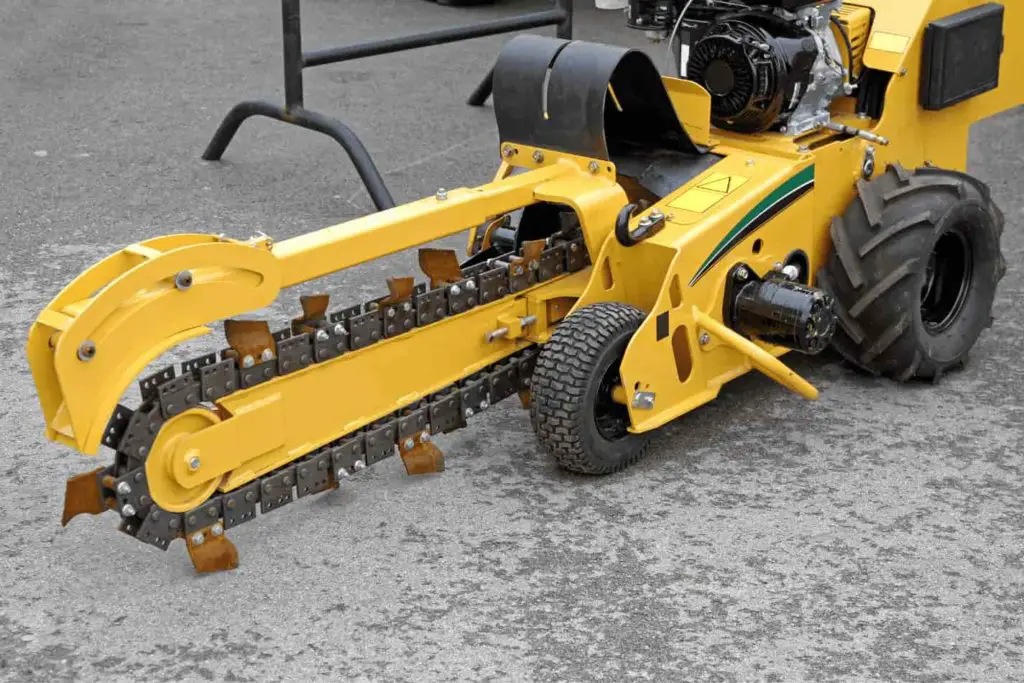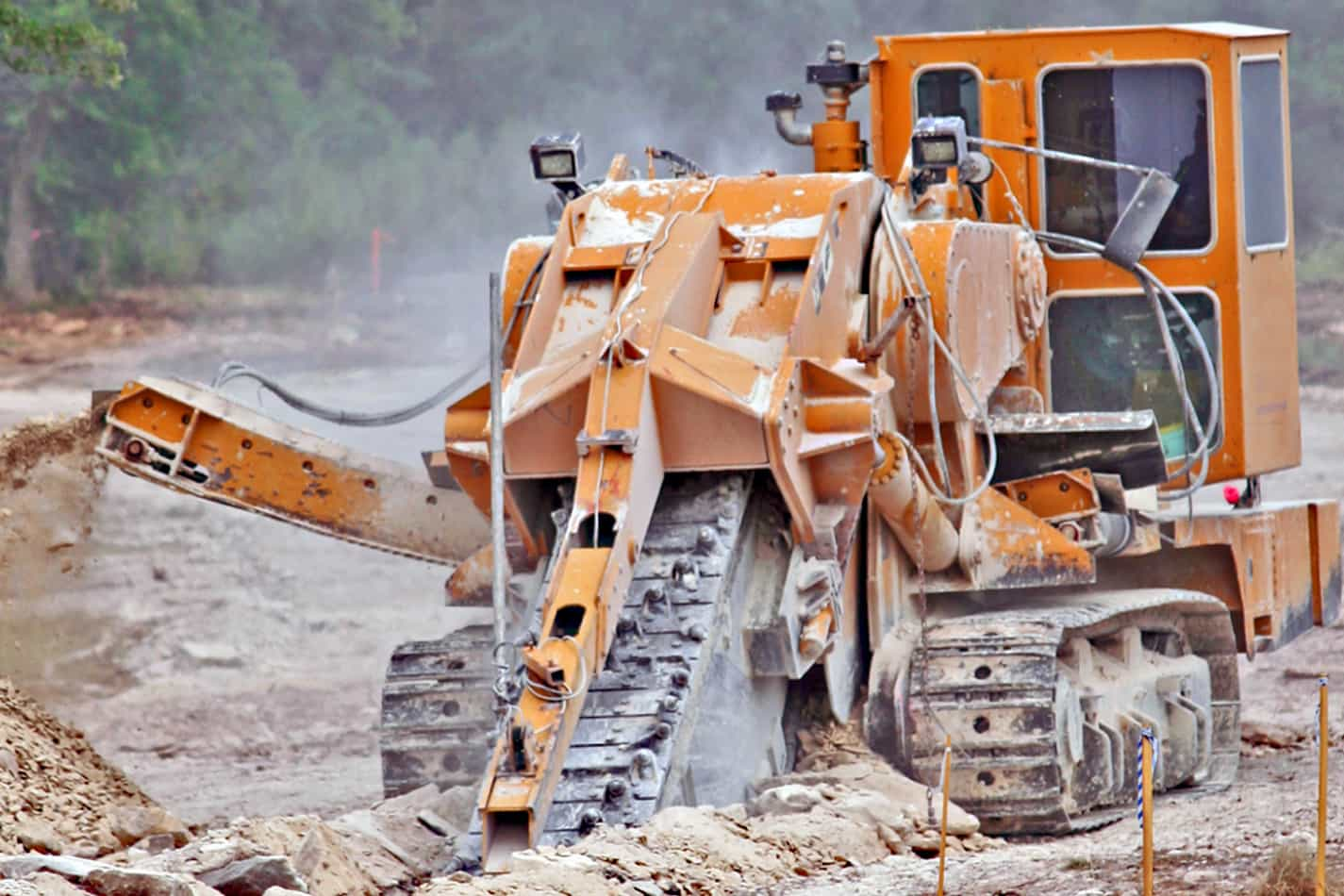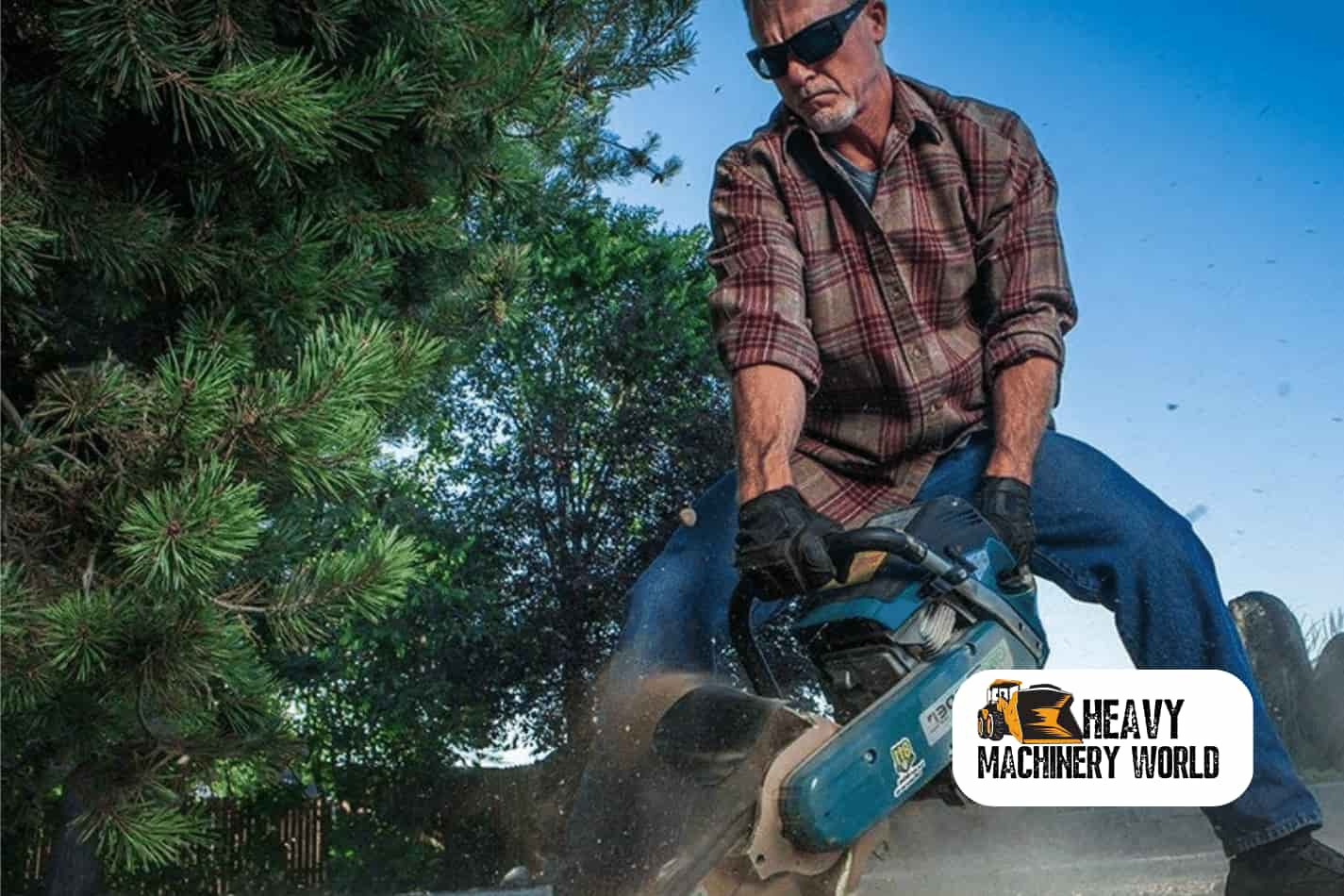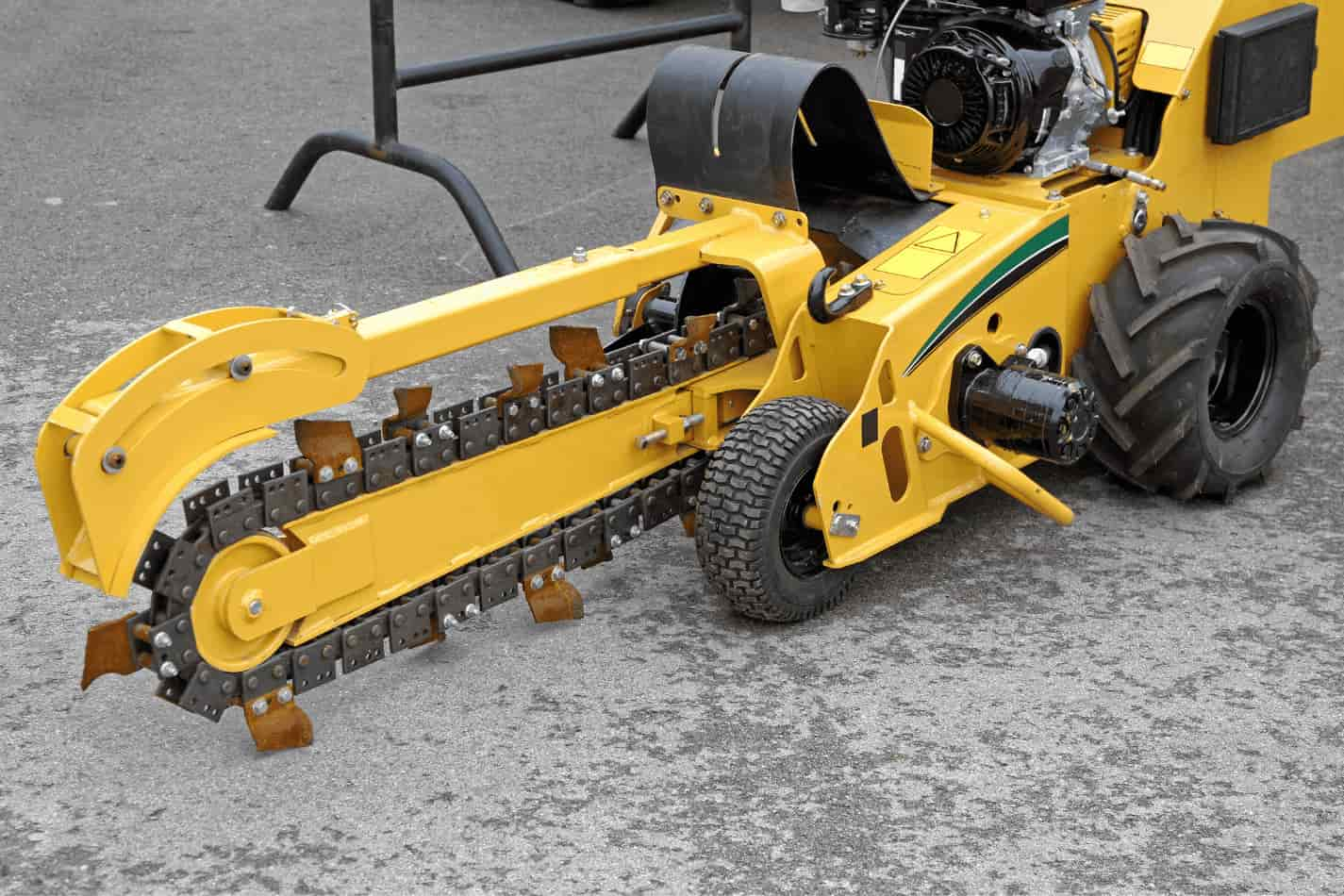When it comes to construction, machinery size and effectiveness are key. If your equipment is too tiny for a broad area, your organization is losing work hours that could be spent improving other areas of the facility.
On the other hand, a piece of equipment that is too large for the purpose might also have negative repercussions, such as poor mobility or the need to clear an entire room or workplace to utilize it.
If you desire effective line digging in a smaller machine, then trenchers should be among the machinery that comes to mind. Also, when rocky conditions exist, digging using conventional digging equipment becomes very difficult. In such cases, the services of trenchers are required for assistance.
Notwithstanding, when hiring a trencher, search for one that can fit where you need it to go and dig the required trench size. In this article, we’ll thrill you through all the basics you need to know about trenchers.
So read on to learn more!

What are trenchers?
Trenchers are pieces of earthmoving equipment that employ a metal chain with high-strength steel teeth to cut through the ground in the same way as a chainsaw would into a tree.
Like an excavator, a trencher breaks up the earth and any roots in its path to form a trench. A hand-dug trench can take hours and multiple persons to finish. Trenchers will reduce the time and number of personnel required to complete a job by using a trencher.
Trenchers are of different types and classified according to their sizes and the digging instruments used in a specific project.
What are trenchers used for?
Typically, trenchers are machines used for laying conduits, electrical cables, pipes with diameters of up to 203mm, or installing drainage for water and sewage discharge. Among the several uses are the following;
- High-precision cutting and digging: Harder materials like rock, pavement, or rocks can be cut using wheel trenchers as they can create straight trenches on grounds with challenging conditions.
For jobs that require precision, the controllability and ease of handling trenchers make them well-suited.
Creating a trench in the rocky ground may be very tough, as conventional equipment constantly bounces off the rock surface, but with the help of a trencher, matters are made much easier.
Many trenchers have in them a built-in blade that is specifically designed to cut or sever roots.
Lawn care professionals, Landscrapers, and lot clearing operations could use trenchers as a tool to cut plant and tree roots.
- Irrigation processes: Trenchers will dig up the soil to install a sprinkler system or underground piping.
- Shovel dirt: A trencher can help with small-scale manual shoveling activities requiring a depth of 3-4 feet. A walk-behind trencher is suitable for the task.
- Utility work: Trenchers are used by gas, electric, and cable providers to dig the trenches required to run cables, pipelines, and cabling. They are also used to dig up the earth to access things that need maintenance, repair, or removal.
- Creating French drains: A French drain is a trench that comprises rock, gravel, or a perforated pipe and is used to divert groundwater or surface water away from a specific location. Using a trencher to install a French drain simplifies the operation and saves time.
How many types of trenchers exist?
Trenchers range in size and models depending on the project at hand. This is to say that trenchers are used depending on the required width and depth of the trench to be created and the hardness of the cutting surface.
We have two categories, including;
- Walk-behind trenchers: Walk-behind trenchers are portable and allow one to dig trenches easily in tight spaces.
- Ride-on trenchers: This category has a higher performance and can cover deeper digging depths.
More specific examples of trenchers include; wheel trenchers, chain trenchers, micro trenchers, and tractor-mount trenchers.
- Wheel aka rock wheels trencher: These trenchers have a toothed metal wheel and may be used in hard and soft soils.
Wheel trenchers operate well in places with a lot of rock formations. They are employed to break pavement and create access beneath highways for utility companies. They feature six to eight cutting parts located around the wheel, and this design allows the wheel to cut at various depths. Excavated materials are removed from the trench’s borders using spacers and ejectors.
- Chain trenchers: These include trenchers with a chainsaw-like design. Generally, these trenchers cut the earth using a digging chain or beltchain. The belt of a chain trencher wraps around a metal frame called a boom, which may be adjusted to alter the cut depth. It also possesses a bucket-type excavator, which aids in the cutting of tough soils. Chain trenchers can cut deep and narrow trenches for utility companies due to their versatility.
Are trenchers effective in line digging?
Trenchers can be considered effective line digging machines because they maintain the width of the trench, and the spoil pile obtained is evenly spread across the length of the trench. Using trench results in no need for paddling material to backfill over the pipe because the trencher produces fine material for each backfill in the process.
How does a trencher work?
The operation and performance of a trencher will depend on the type of trencher used though a majority of trenchers will be handled similarly.
Trenchers generally operate by ripping into the ground, bypassing any roots or obstacle in its way to create the desired trench. Irrespective of the type of trencher used, it is important to avoid using them around rock-prone areas.
This is because the teeth found on the equipment will be unable to cut through the rock-like sediments, and as a result, the torn metal shade teeth will cause problems to the machinery.
Conclusion
To conclude, trenchers are ideal for effective line digging in smaller machines. However, trenching should be avoided in rock-prone locations. The equipment’s teeth cannot cut through solid rock or places with rock-like sediments. Torn teeth can cause metal fragments to become lodged and cause issues with the machinery.
Furthermore, before you begin excavating, you should check with the local utility providers to see if the region is safe for digging.
Although trenchers may be used for a range of building jobs, it is advisable to rent these machinery rather than buy them. In that manner, you may be certain that you have the ideal one for all of your tasks.
Thanks for reading to the end. We hope you learned!





